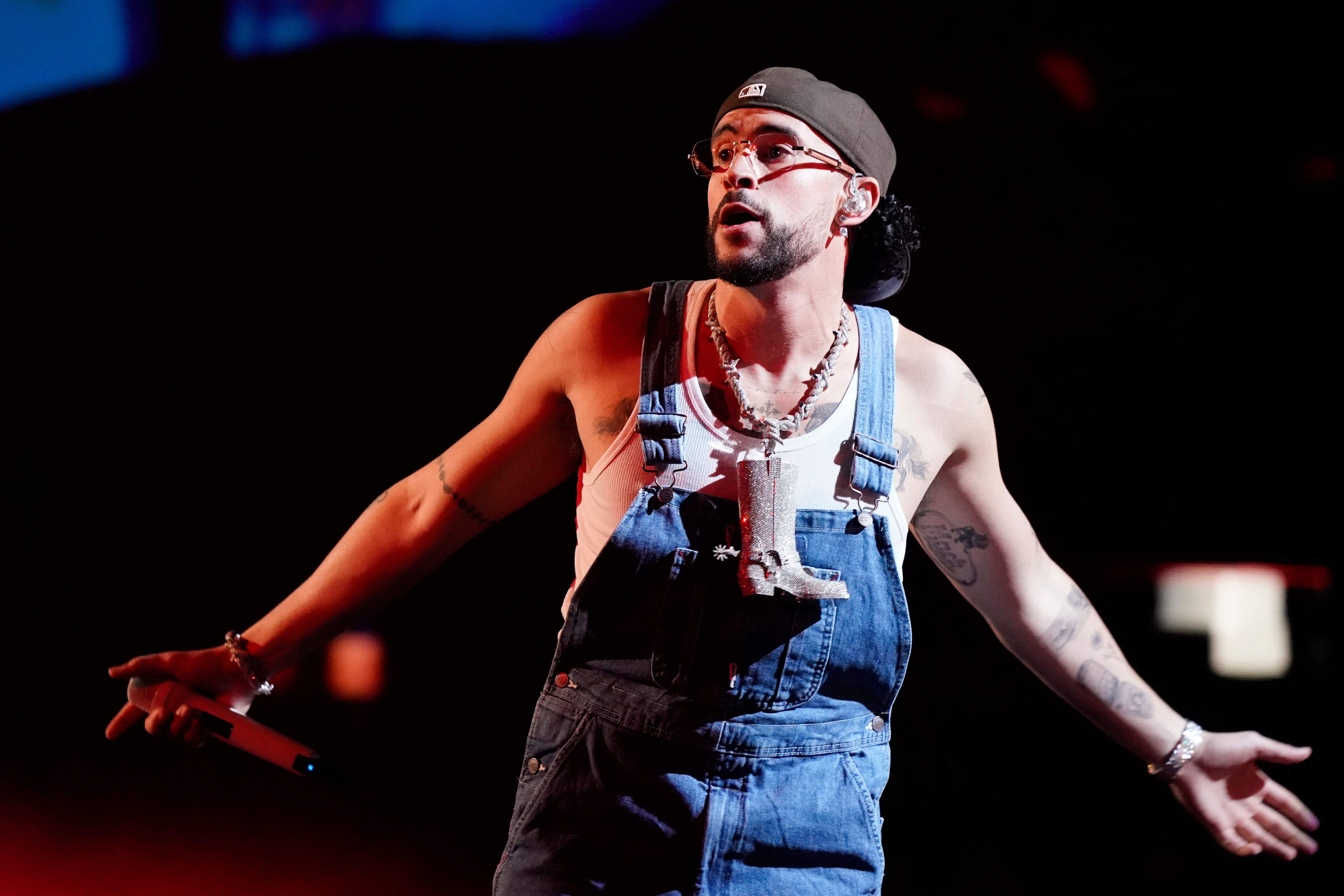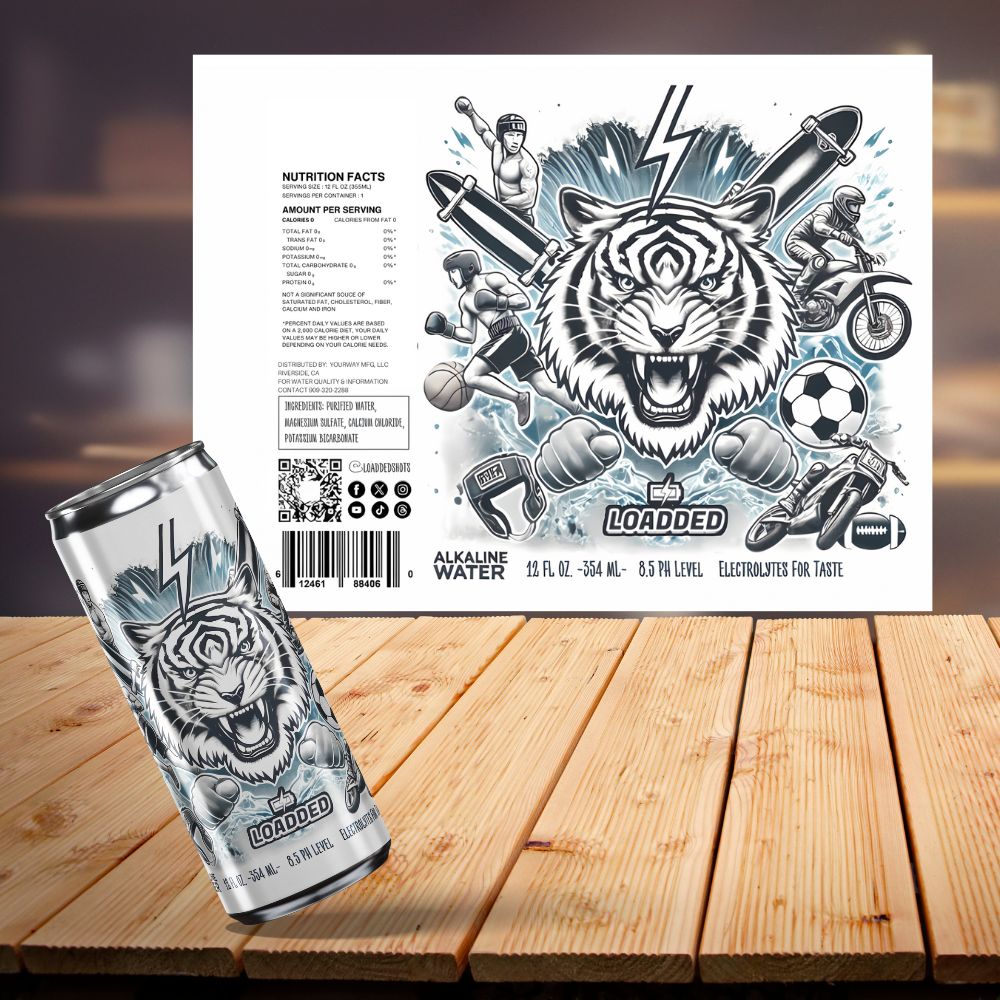Bad Bunny Headlines 2026 Super Bowl Halftime Show: A Cultural Milestone in Music & Representation
 The announcement is official: Bad Bunny will headline the 2026 Super Bowl Halftime Show on February 8, 2026, at Levi’s Stadium in Santa Clara, California. As fans and critics digest the news, one thing is clear — this is more than just an entertainment decision. It’s a statement.
The announcement is official: Bad Bunny will headline the 2026 Super Bowl Halftime Show on February 8, 2026, at Levi’s Stadium in Santa Clara, California. As fans and critics digest the news, one thing is clear — this is more than just an entertainment decision. It’s a statement.
A Stage for More Than Music
Bad Bunny (real name Benito Antonio Martínez Ocasio) has long been a musical force, but his selection for the halftime slot carries weight beyond chart-topping hits. In announcing the performance, he framed it as "for my people, my culture, and our history." Latin music has surged in global influence, but its presence in major mainstream U.S. spectacles is still uneven. His appearance is a visible affirmation that reggaetón and Latin rhythms aren’t niche—they’re central.
He’s also making history: a Latino headliner who primarily sings in Spanish. That choice alone challenges conventional networked expectations for one of the most-watched television events in the world.
Background: The Road to This Moment
Bad Bunny’s trajectory leading up to the announcement has been impressive. Earlier in 2025, he released DeBÍ TiRAR MáS FOToS, an album steeped in introspection and cultural identity. He followed that with a record-breaking 31-date residency in San Juan, Puerto Rico — a homecoming celebration of his roots and a massive economic and cultural moment for the island.
Interestingly, he intentionally omitted U.S. concert dates on this cycle — citing concerns about immigration enforcement and his fans’ safety. That makes his Super Bowl performance not just a concert, but his only U.S. appearance (for now), which heightens its symbolic weight.
What to Expect (And What’s Unknown)
While the full set list and staging remain under wraps, fans and pundits are speculating wildly:
- Will he lean into classic hits (e.g. Tití Me Preguntó, Safaera) or emphasize deeper, culturally resonant tracks?
- Could surprise guest artists appear—perhaps bridging English- and Spanish-language audiences?
- How bold will the visual and choreographic elements be, given the platform?
With Roc Nation and Jay-Z still integral to organizing the show, expectations are high for creative ambition.
Cultural Resonance & Reaction
In Puerto Rico and across the Latinx diaspora, the reaction has been electric. Many celebrate this as overdue recognition and representation on one of the world’s largest stages. But not without pushback: some critics have raised objections over language, politics, or perceived departures from “traditional” halftime acts. That clash in discourse may only amplify the eventual performance’s impact.
Why This Moment Matters
The Super Bowl Halftime Show isn’t just musical—it’s cultural theatre. Through past acts, the event has amplified moments of empowerment, protest, unity, and identity. In this case, Bad Bunny’s show arrives at the intersection of musical dominance and cultural reclamation.
If he leans into that narrative — centering Puerto Rican motifs, highlighting Afro-Latin identity, weaving in political commentary — the show could ripple beyond the TV screens. Even as more Americans embrace Latin music, visibility at events like the Super Bowl underscores that inclusion still has barriers to break.
Conclusion
When February 8, 2026, arrives, millions of eyes will be on Levi’s Stadium. They’ll see more than choreography and pyrotechnics. They’ll see a moment in music history: a bold, unapologetic affirmation that Latin artists—singing in Spanish, embracing their roots—belong on football’s grandest stage.
For Bad Bunny, it’s a culmination. For Puerto Rico and Latinx communities, it’s a milestone. And for audiences everywhere, it could be a halftime show we revisit not just for the energy, but for the meaning.



